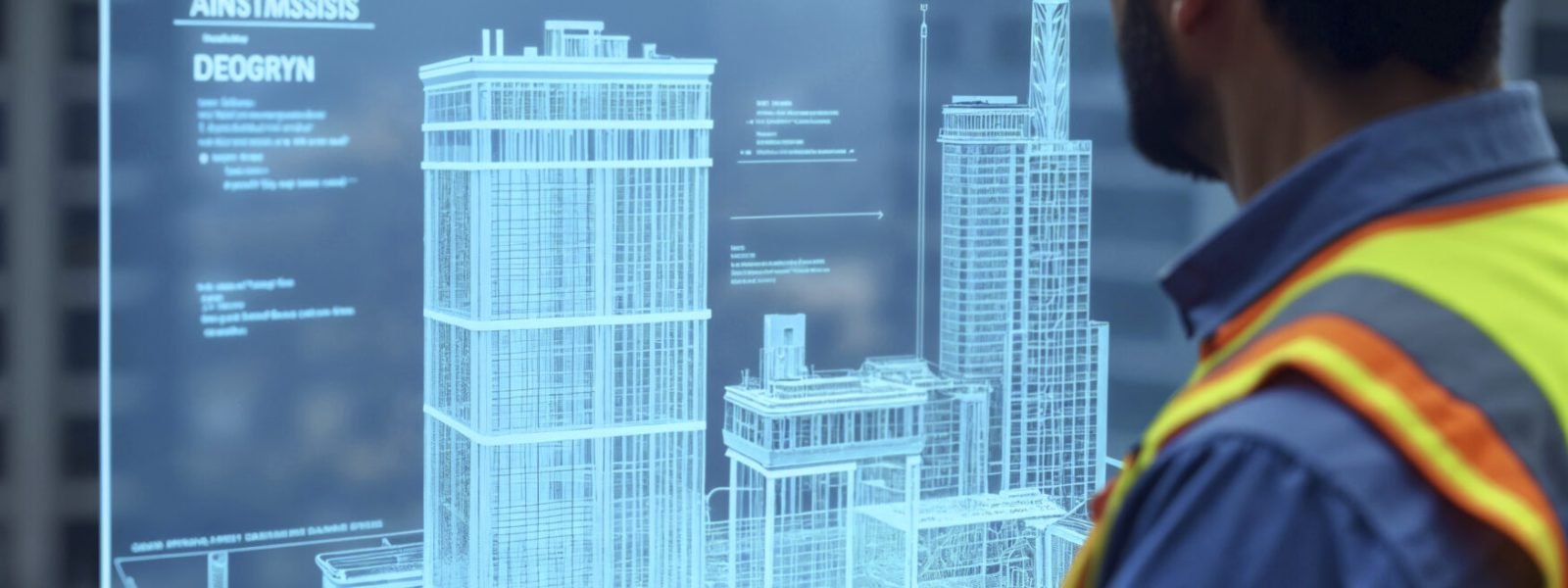
Adopting the best AI tools – a purview that everyone holds dear. If you are wondering whether AI has invaded the construction and architectural design industry, well, it has not just entered, it has permeated. From CAD to BIM, AI has introduced numerous innovative tools, causing a seismic shift in the way architecture is practiced today.
DC School provides its students with updated pedagogy, equipping them to utilize AI effectively in the real world.
We also believe that AI is NOT a replacement (repeat NOT) for human skills. It is indeed a source of accelerated knowledge acquisition, efficient workflow casting, and analytical decision-making. If AI is here to stay, how will it reshape architecture, and how are architects using AI to build intelligently towards a more sustainable future?
Architects using the best architecture AI tools
AI comes with a multitude of capabilities, including the most basic workflow streamlining, as well as improving efficiency and enhancing innovation. Design tools powered by AI generate designs quickly, saving time, effort, and, in many cases, money. Complex design processes are simplified with 3D modelling, for instance, which can help architects foresee spaces with greater accuracy. Besides, architects can carry out innovative spatial planning after conducting a thorough assessment of the surroundings and optimising building layouts. They can also take a step further to suggest the use of sustainable materials and minimise energy consumption, turning the project towards a greener and more sustainable approach to living.
Architectural Simulation With AI
Simulation architecture AI software is the real revolution, in addition to all other AI-generated content. Tools specifically designed for architecture can provide detailed information about every brick in a construction. There are also several different factors that it can predict, such as whether a structure can withstand hurricanes or what the energy consumption of a building would be in July. Would you like some natural light in an atrium? Every answer to your query is generated by predictive AI, using a simulation that can test ideas even before they are implemented. Besides precision, the technology is also speedy, giving you an almost realistic impression of the space that your patrons will move into.
Architecture AI Tools Impact on the Design Process
The architectural design process typically requires technical and creative expertise. AI-driven design provides new and innovative methods for refining and generating structural models that are incredibly detailed and functional. Identify whether a structure will hold itself together seamlessly before finalising it, thus ensuring a sustainable and robust building that stands the test of time. AI in architectural design helps maximise space, stay energy efficient, and infuse preferred design aesthetics.
Conclusion:
While the impact of AI is undeniable, it is the pace at which it is evolving that makes DC School one of the best institutes in the region, where every student stays current and updated about the technology and its uses. The role of AI is only growing stronger – if you are looking for an integrated course that will also cover AI, then reach out to DC School for some of the most industry-leading programs on architecture.
